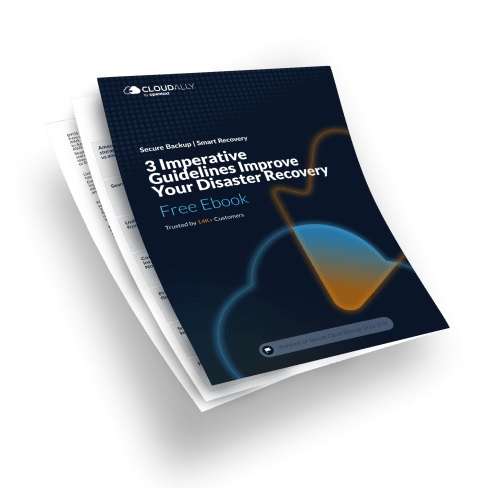What Is Data Exfiltration?
Data exfiltration, also known as data extraction or data theft, is the unauthorized transfer of sensitive or confidential information from a computer or network. This can occur through various methods such as email, file sharing, USB drives, remote access tools, and more. The data can include various types of sensitive information like personal identification details, financial records, intellectual property, or classified documents. Data exfiltration is a serious threat to organizations of all sizes and industries. It can result in financial loss, damage to reputation, legal consequences, and potential regulatory fines. According to a study by IBM Security, the average cost of a data breach is $3.86 million.
Impact of Data Exfiltration on Cybersecurity
Data exfiltration poses a significant threat to cybersecurity, as it can lead to a data breach. A data breach occurs when an unauthorized party gains access to sensitive information and uses it for malicious purposes. This can include stealing personal information for identity theft, selling confidential data on the black market, or using intellectual property to gain a competitive advantage.
One of the main issues with data exfiltration is that it often goes undetected until it’s too late. Hackers are constantly evolving their tactics and finding new ways to bypass security measures. They may use sophisticated methods such as phishing emails or malware attacks to gain access to sensitive information without being detected by traditional security systems.
Another challenge with data exfiltration is that the stolen data can be used in various ways. For instance, personal information can be used to create fake identities and open fraudulent accounts, causing financial harm to individuals. Confidential business data can be sold on the black market and you can be held to ransom with Double Extortion Ransomware.
Data exfiltration is especially dangerous for businesses because it not only puts their sensitive information at risk but also damages their reputation and can result in legal consequences. In addition, the cost of recovering from a data breach can be significant, including potential lawsuits and loss of customers’ trust.
Pointers for Prevention Against Data Exfiltration
To protect against data exfiltration, companies need to implement comprehensive security measures that go beyond traditional firewalls and antivirus software. This includes implementing strong access controls and monitoring systems to detect suspicious activity. Some tips to protect against data exfiltration include:
- Implement Strong Security Measures: One of the best ways to protect against data exfiltration is to have strong security measures in place. This includes firewalls, intrusion detection systems, and network segmentation.
- Educate Employees: It’s important to educate employees on how to recognize phishing emails and other social engineering tactics that hackers use to gain access to sensitive data. This includes avoiding suspicious emails and links, creating strong passwords, and being cautious when sharing sensitive information. Regular training sessions can help employees stay vigilant and avoid falling victim to these attacks.
- Use Encryption: Data encryption is another effective way to prevent unauthorized access or tampering with sensitive information. This makes it more difficult for hackers to read or use stolen data even if they manage to infiltrate your system.
- Monitor Network Activity: Monitoring network activity can help detect any unusual or suspicious behavior that could indicate a cyber attack. This can include monitoring for unauthorized logins, file transfers, and other abnormal activity.
- Have a Disaster Recovery Plan: In the event of a cyber attack, it’s important to have a disaster recovery plan in place to minimize the impact and restore operations as quickly as possible. This should include regular backups of data and testing the effectiveness of the recovery plan. Here are tips to create a Business Continuity Disaster Recovery (BCDR) plan
- Implement Multi-Factor Authentication: Using multi-factor authentication adds an extra layer of security by requiring users to provide more than one form of identification before accessing sensitive information or systems. This makes it harder for hackers to gain access using stolen credentials.
- 10. Regularly Conduct Security Audits: It’s important to regularly conduct security audits to identify any potential vulnerabilities and address them before they can be exploited by hackers. Set up alerts for unusual activity and have protocols in place to respond quickly if an attack is detected.
Recover ASAP from Data Exfiltration with CloudAlly
Despite taking all precautions, data breaches can still occur. That’s why it’s crucial to have a backup and recovery plan in place. With CloudAlly’s SaaS data protection platform, your data is automatically backed up to secure AWS S3 cloud storage and can be easily restored in the event of data exfiltration. With just a few clicks, you can restore individual files or entire systems with our user-friendly interface. This eliminates the hassle and stress of dealing with complex recovery processes, saving you time and money. Our secure backup for Microsoft 365 (Office 365), Google Workspace, Salesforce, Dropbox, and Box is HIPAA/GDPR compliant, stringently encrypted and ISO certified.
Book a quick demo now or Schedule a free 14-day trial and never face cloud data loss again!










